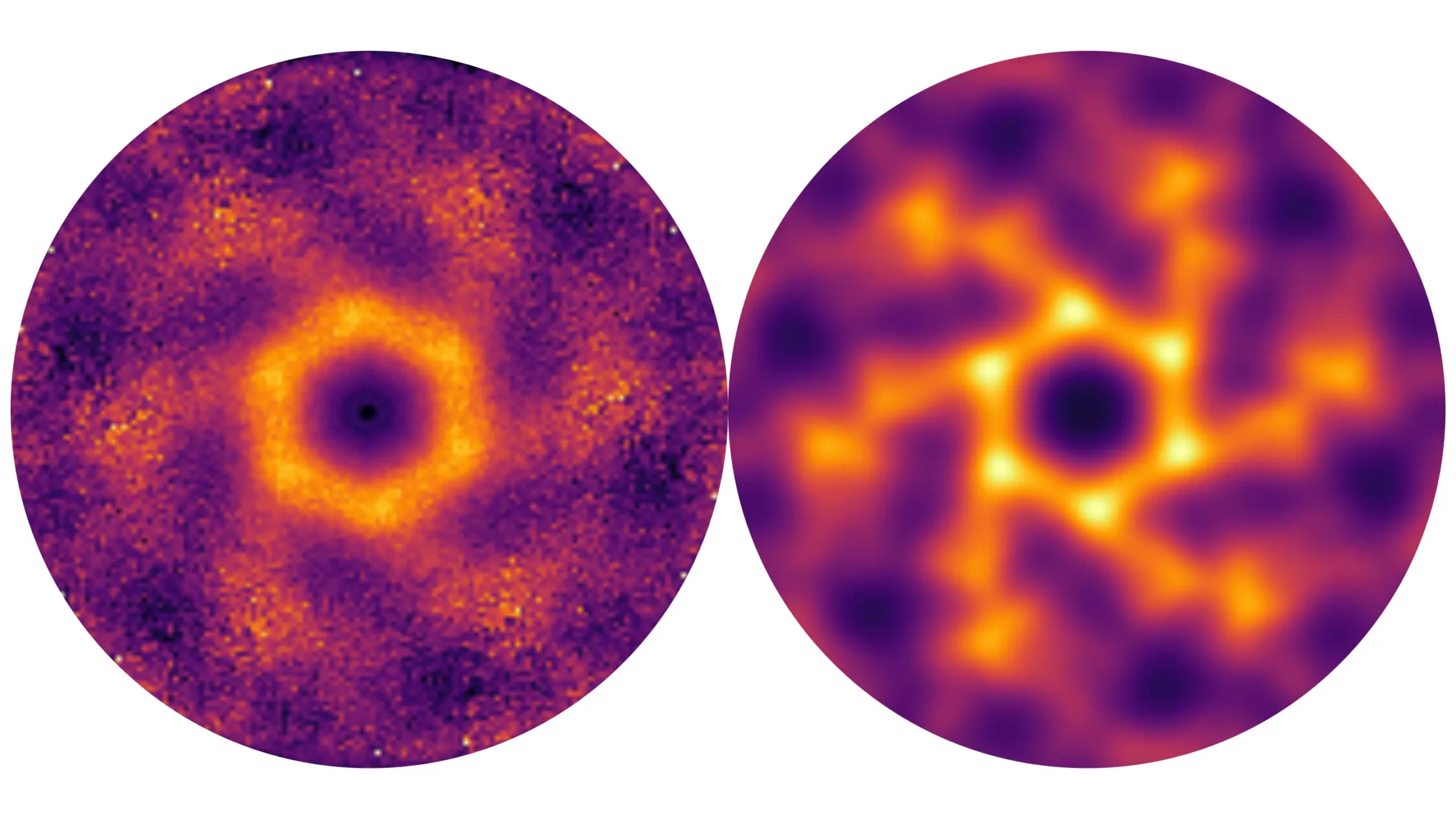In a groundbreaking discovery, an international team of researchers has identified a 3D quantum spin liquid within the langbeinite family of materials. By conducting experiments at the ISIS neutron source and employing theoretical modeling on a nickel-langbeinite sample, the team was able to uncover the unique properties of this material.
Quantum Spin Liquidity
The concept of quantum spin liquids (QSLs) is based on the idea that when spins within a crystal lattice are unable to align in a way that minimizes their energy, magnetic frustration occurs. This frustration can lead to the spins fluctuating in a disordered manner, even as the temperature approaches absolute zero, resulting in the material behaving as a quantum spin liquid.
3D Discovery
While quantum spin liquids have primarily been studied in two-dimensional structures, the recent discovery showcases that the phenomenon can also manifest in 3D structures, albeit less frequently. The team’s findings, published in the journal Nature Communications, demonstrate this behavior in a new class of materials with a 3D structure, specifically within the langbeinite family.
Langbeinites are sulfate minerals that are seldom found in nature, with variations created by replacing specific elements in the sum formula. In this study, artificial langbeinite crystals with the molecular formula K2Ni2(SO4)3 were synthesized for experimental purposes. The magnetic element nickel plays a crucial role in inducing magnetic frustration within the crystal lattice, leading to the emergence of a quantum spin liquid state.
The team, led by Ivica Živković at EPFL, conducted experiments at the British neutron source ISIS to measure magnetic fluctuations in the langbeinite sample. The results indicated that the material exhibited quantum spin liquid behavior even at relatively higher temperatures, such as 2 Kelvin. Theoretical modeling, led by HZB theorist Johannes Reuther, successfully explained the experimental data using various computational methods.
The discovery of 3D quantum spin liquids in the langbeinite family highlights the potential for exploring unique quantum phenomena in previously uncharted territories. The team’s ability to synthesize new materials within this class further emphasizes the importance of continued research in this field.
The identification of a 3D quantum spin liquid in the langbeinite family represents a significant advancement in the field of quantum materials. By combining experimental observations with theoretical modeling, the international team has shed light on the fascinating properties of these materials, paving the way for future advancements in quantum technology.


Leave a Reply